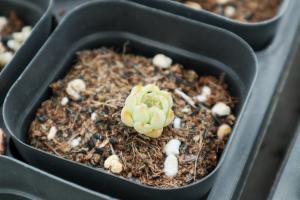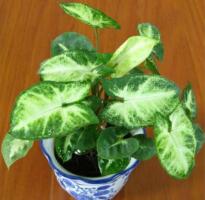Blind branch of rose
Blind branch refers to some branches that stop growing or have no bud at the top of the plant in the process of plant growth. When Chinese rose is growing, such branches will appear. It seems that the branches are still green, but they no longer grow. In addition, the leaves on the blind branches of Chinese rose look more and more dense than those on the normal branches.
The reason why rose flowers have blind branches is mostly due to poor growth. If the rose is short of fertilizer, it will lack nutrition. The nutrients are robbed by other branches, resulting in the branches no longer growing. Of course, the blind branches of rose also include the influence of insufficient light.

What about blind branches of rose flowers
For the problem of blind branches of rose flowers, there are two points that can be dealt with: one is to do a good job of maintenance, and the other is to trim them in time.
Lack of nutrition will lead to blind branches of rose flowers, so fertilization is a very important work. When breeding rose flowers, we must supplement fertilizer in time. During the breeding period, it is also necessary to maintain sufficient light.
If it is found that the rose has blind branches, prune them in advance and cut off the blind branches of the rose.
When pruning, you can trim the blind branches. Cut off the upper part of the branches and pay attention to keep the bud points in the lower part. If the lower part of the rose has no bud points or the growing bud points are not strong enough, you can continue to cut down.
If there is a blind branch in rose, I believe all flower friends already know what to do.


 jackfruit
jackfruit snake plant
snake plant hibiscus
hibiscus hydrangea
hydrangea lavender
lavender Green roses climb al...
Green roses climb al... If you don't pay att...
If you don't pay att... Management of four g...
Management of four g...


































